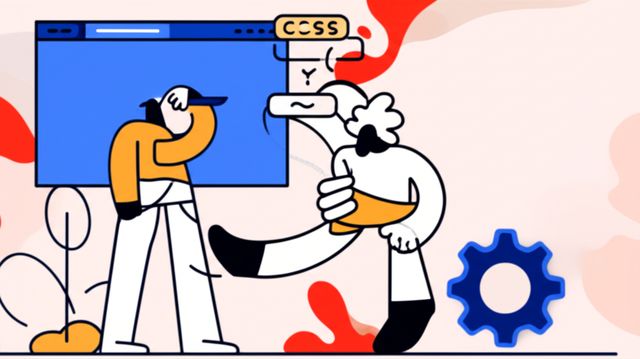CSS Animations
CSS animations are a powerful tool that allows web developers to add motion and interactivity to their designs. They can be used to create anything from simple fades and transitions to complex, animated effects. CSS animations are relatively easy to learn, and they can add a lot of polish to your website or web application.
Why Learn CSS Animations
There are many reasons why you might want to learn CSS animations. Here are a few of the most common:
- To make your website more engaging: Animations can help to draw attention to important elements on your website, and they can make your site more fun and interactive for users.
- To improve the user experience: Animations can be used to provide feedback to users, such as indicating that an action has been completed or that an error has occurred. They can also be used to create more seamless transitions between pages or sections of your website.
- To enhance your design skills: Learning CSS animations can help you to become a more well-rounded web developer, and it can open up new possibilities for your designs.
How to Learn CSS Animations
There are many ways to learn CSS animations. You can find tutorials and resources online, or you can take a course. If you're new to CSS, it's a good idea to start with a beginner-friendly course or tutorial. Once you have a basic understanding of CSS, you can start learning about more advanced animation techniques.
One of the best ways to learn CSS animations is to practice. Experiment with different animation properties and values, and see what effects you can create. You can also find inspiration from other websites and web applications. There are many great examples of CSS animations online, so you're sure to find something that you like.
Tools and Resources
There are a number of tools and resources available to help you learn CSS animations. Here are a few of the most popular:
- CSS Animation Properties: This resource provides a detailed overview of all the CSS animation properties, including examples of how to use them.
- MDN Web Docs: This website provides a comprehensive guide to CSS animations, including tutorials, examples, and references.
- CodePen: This online code editor allows you to experiment with CSS animations and other web development techniques.
Benefits of Learning CSS Animations
Learning CSS animations can provide you with a number of benefits, including:
- Increased job opportunities: Many employers are looking for web developers who have experience with CSS animations.
- Improved design skills: CSS animations can help you to create more visually appealing and engaging designs.
- Enhanced user experience: Animations can make your website or web application more fun and interactive for users.
Projects for Learning CSS Animations
Here are a few projects that you can do to practice your CSS animation skills:
- Create a simple animation: This could be something like a fading banner or a rotating image.
- Animate a navigation menu: This could involve fading in or sliding out the menu when the user hovers over it.
- Create a complex animation: This could be something like a scrolling parallax effect or a 3D animation.
Careers that Use CSS Animations
There are many careers that use CSS animations, including:
- Web Developer: Web developers use CSS animations to add interactivity and visual appeal to websites.
- UI/UX Designer: UI/UX designers use CSS animations to create prototypes and design user interfaces.
- Graphic Designer: Graphic designers use CSS animations to create animated graphics for websites and other digital media.
Online Courses for Learning CSS Animations
There are many online courses that can help you learn CSS animations. Here are a few of the most popular:
- Modern HTML & CSS From The Beginning (Including Sass): This course teaches you the basics of CSS animations, as well as other essential web development skills.
- 20 Web Projects with Vanilla JavaScript: This course includes a section on CSS animations, and it teaches you how to use them to create interactive web applications.
Online courses can be a great way to learn CSS animations, because they provide you with structured lessons and exercises. They can also be a good option if you don't have the time or resources to take a traditional course.
Are Online Courses Enough?
Online courses can be a helpful tool for learning CSS animations, but they are not enough on their own. To fully understand this topic, you will need to practice and experiment with CSS animations on your own. You may also want to consider taking a traditional course or workshop, or working with a mentor or tutor.


